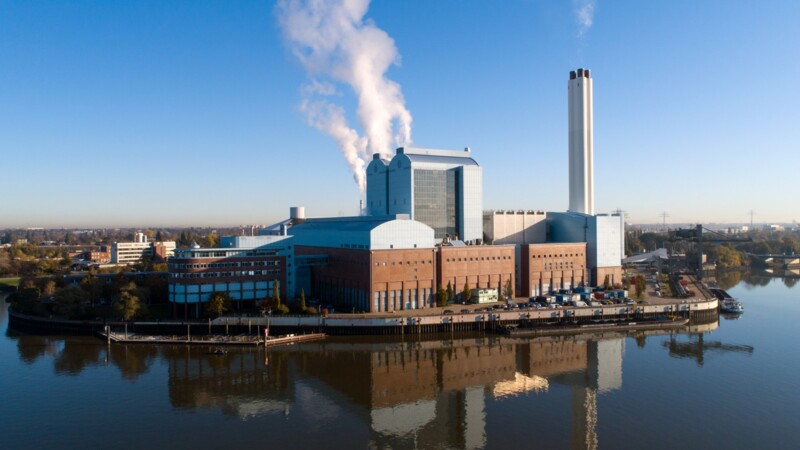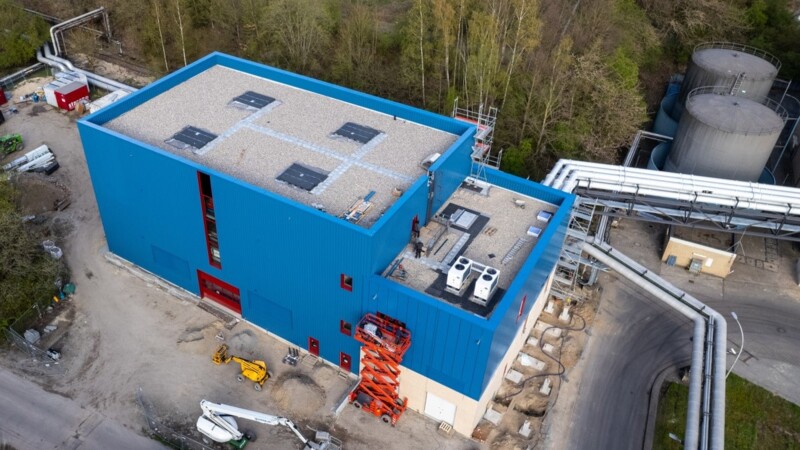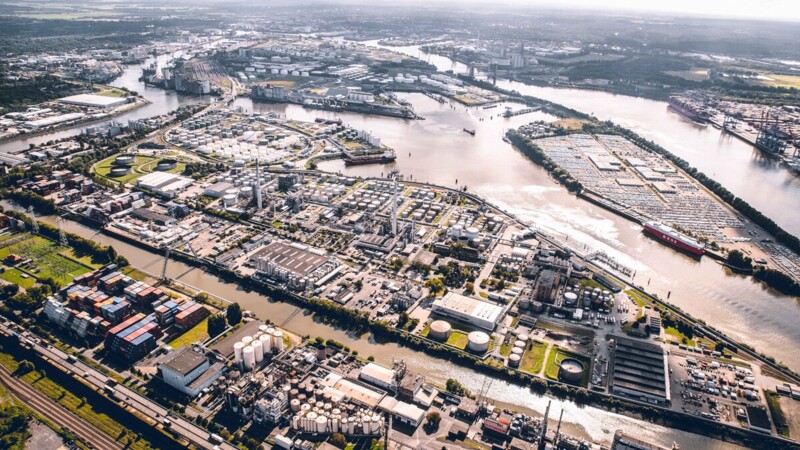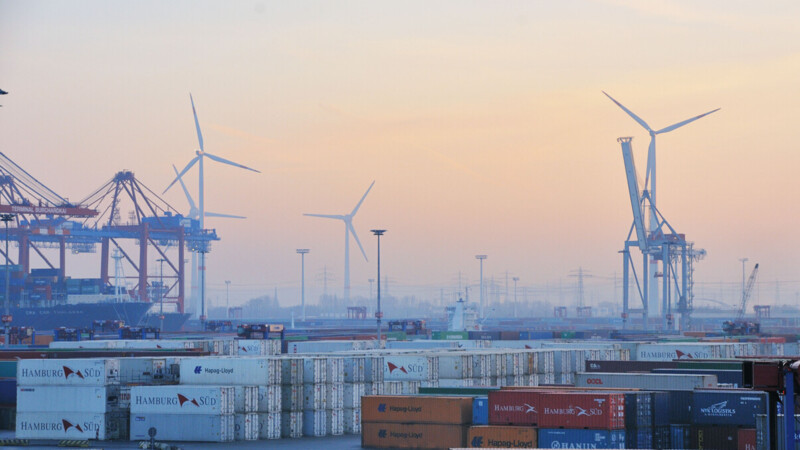"Industry is an important partner in achieving our climate targets and realising the energy transition at all levels," said Jens Kerstan, Senator for the Environment. In December 2021, HEnW concluded a contract with Aurubis for the supply of heat including waste heat. By using energy from copper production, almost 100,000 tonnes of CO2 could be saved every year, Kerstan pointed out. The supply of district heating to households all over Hamburg is progressing steadily e.g., through the underground aquifer heat storage facility in Tiefstack and from the power-to-heat plant in Wedel.
A new pressurised heat storage facility being built at Georgswerder Damm in the south of Hamburg cogeneration plant is nearing completion, a press release said Wednesday (May 15, 2024). Around 20,000 households will be supplied with climate-neutral district heating from 2024/25 when Hamburger Energiewerke (HEnW) commissions the new plant. Industrial waste heat from copper producer Aurubis will then be fed into Hamburg's more than 860-kilometre-long grid.
Expansion of district heating to cut CO2 emissions
Tiefstack energy park on growth course
The heat storage facility is part of the Tiefstack energy park, which will replace the Tiefstack CHP plant by 2030 at the latest. The park will integrate various heat sources, including industrial waste heat, waste heat from the Borsigstrasse waste incineration plant (MVB), river water heat pumps and a wind power plant. This holistic approach is expected to ensure a stable, climate-friendly and affordable heat supply for Hamburg and complete the phase-out of coal in district heating.
fw/kk/pb
Sources and further information
More
Similar articles

Drilling underway for aquifer heat accumulator in Hamburg

Construction of power-to-heat plant in Wedel completed

Hamburger Energiewerke investing EUR 1.9 billion
